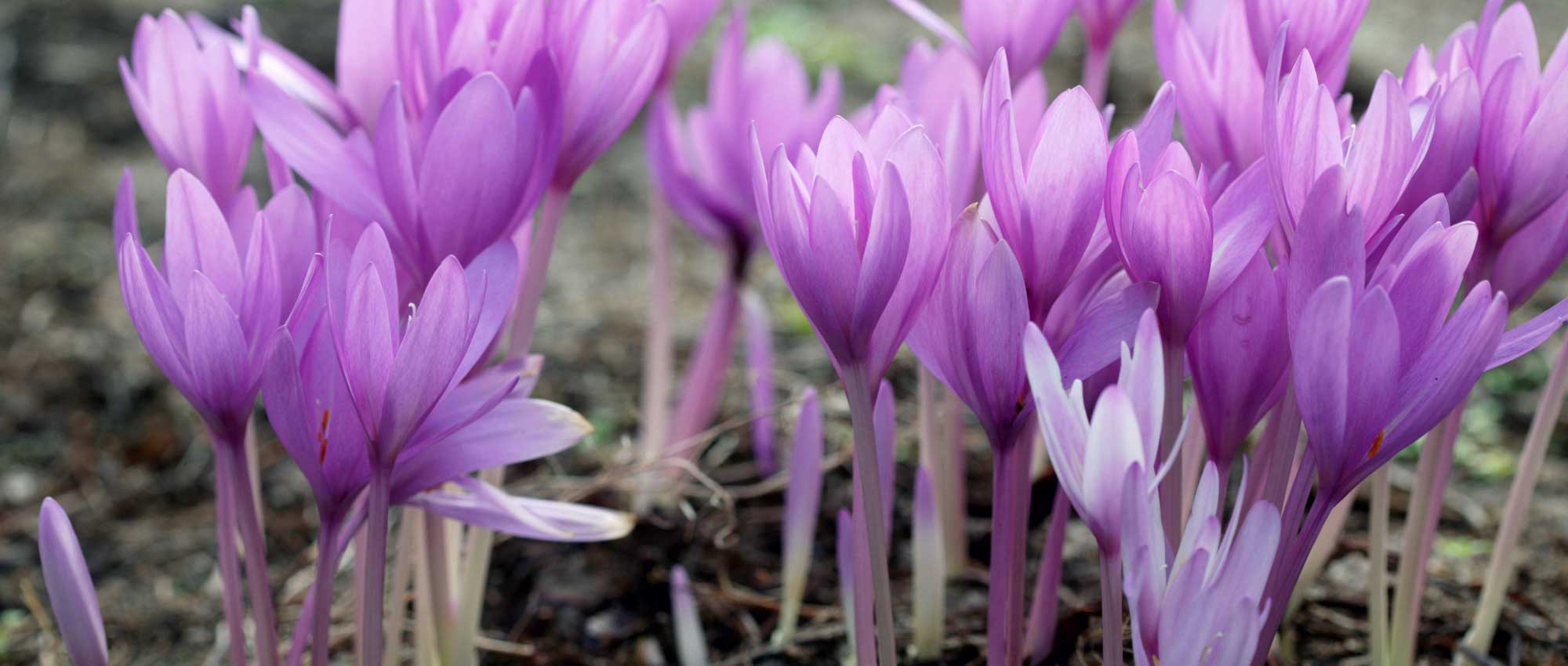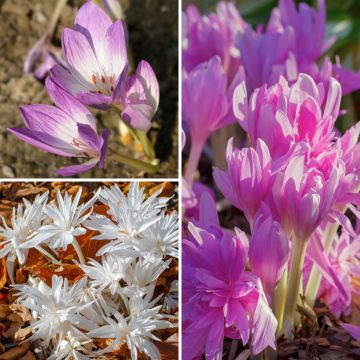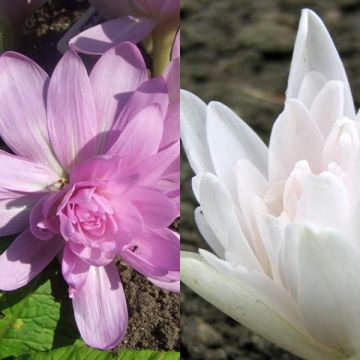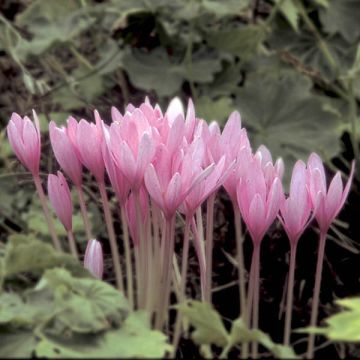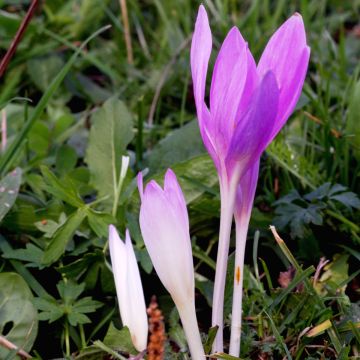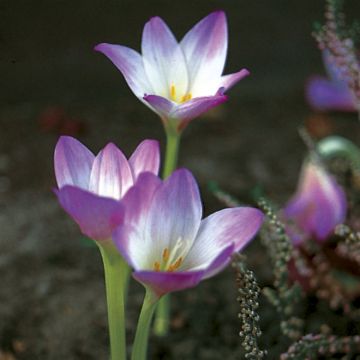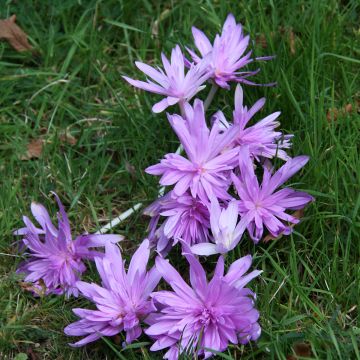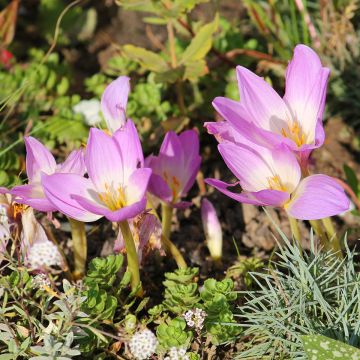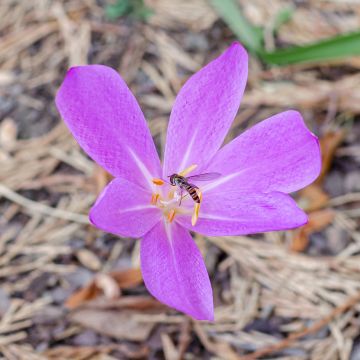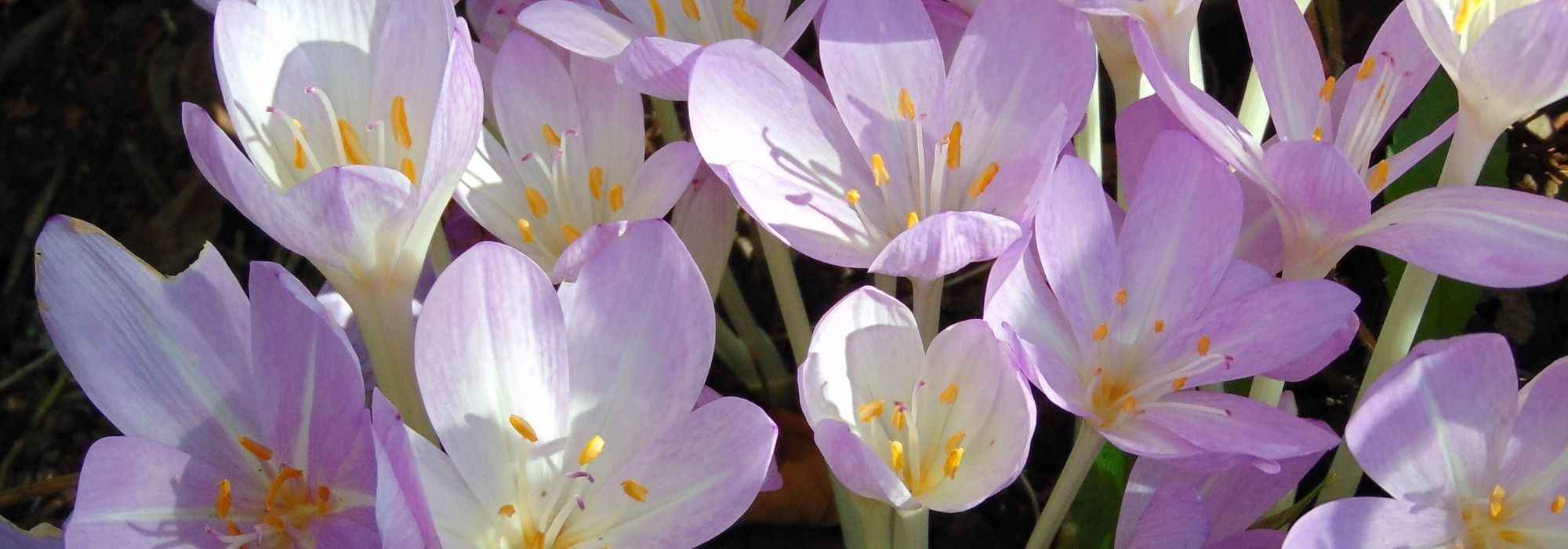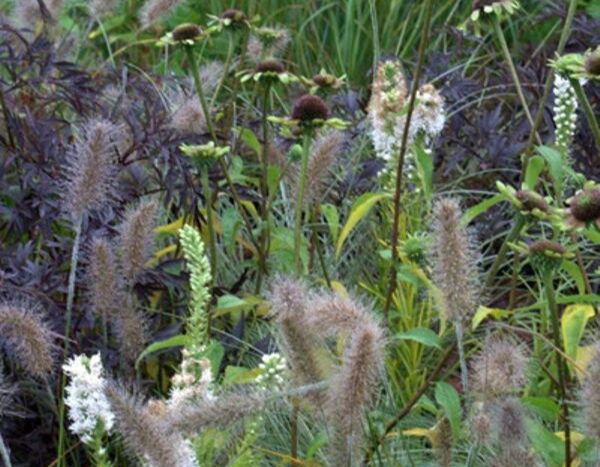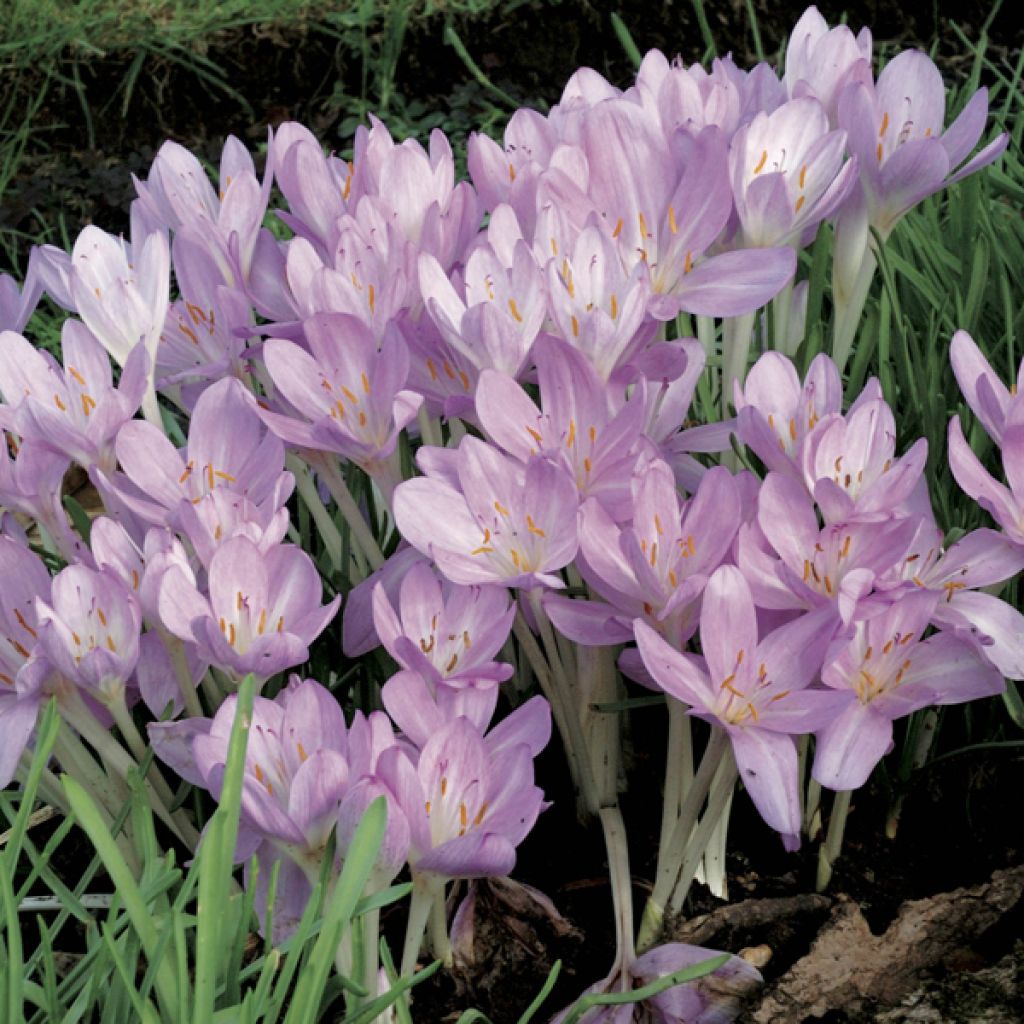

Colchique Cilicicum
Colchicum cilicicum - Autumn Crocus
Colchicum cilicicum
Tenore Autumn Crocus, Cilician meadow saffron
The bulbs bloomed as soon as they were planted; it's the first year. But pigeons and slugs love them.
Jean, 03/10/2024
Special offer!
Receive a €20 voucher for any order over €90 (excluding delivery costs, credit notes, and plastic-free options)!
1- Add your favorite plants to your cart.
2- Once you have reached €90, confirm your order (you can even choose the delivery date!).
3- As soon as your order is shipped, you will receive an email containing your voucher code, valid for 3 months (90 days).
Your voucher is unique and can only be used once, for any order with a minimum value of €20, excluding delivery costs.
Can be combined with other current offers, non-divisible and non-refundable.
This plant carries a 6 months recovery warranty
More information
We guarantee the quality of our plants for a full growing cycle, and will replace at our expense any plant that fails to recover under normal climatic and planting conditions.

Would this plant suit my garden?
Set up your Plantfit profile →
Description
Colchicum cilicicum is a beautiful rock garden bulb, native to Turkey. In autumn it produces a bouquet of large typical pink flowers, resembling a giant crocus. The elongated leaves, of a bright green, only appear after flowering, in early winter. This bulb appreciates well-drained, cool soils, in full sun or light shade.
Colchicum cilicicum belongs to the colchicums, which themselves give their name to the botanical family Colchicaceae. This species is native to Cilicia, a historical region in southern Turkey bordering Syria, where it grows in lawns and forest edges. Between September and October, the plant awakens and produces a clump of large pink flowers, sometimes slightly darker on the edges, which then open into a cup. They reach about fifteen centimetres in height. The centre has 6 golden stamens, with horizontal anthers. The whole thing resembles a sort of large crocus, although most crocuses flower more in spring. In colchicums, the long veined leaves of a bright and shiny green only appear after flowering, between January and May. With the first warm weather the foliage disappears, and it is necessary to wait until the following autumn to restart the cycle and see the plant reappear, hence why it is called "nudiflora".
Colchicum cilicicum appreciates well-drained, not too dry, and even limestone soils. Choose the location of your colchicum carefully, as it does not like to be moved once in place. A position in full sun or moderate shade will suit it perfectly. Be careful, all parts of these plants are toxic, so avoid planting them where young children can venture. Plant the bulbs during the summer, about 15 cm (6in) deep, in order to enjoy flowering from the first year.
You can install it in a clear border akin its original environment, for example under tall trees like Scots pines or oaks, or plant it in a lawn. In either case, distribute several groups for a more natural and wild result. It is also an excellent rock garden plant, in the company of Geranium cinereum 'Ballerina' or Erigeron karvinskianus.
Plant habit
Flowering
Foliage
Safety measures
Botanical data
Colchicum
cilicicum
Colchicaceae
Tenore Autumn Crocus, Cilician meadow saffron
Middle East
ingestion
Cette plante est toxique si elle est ingérée volontairement ou involontairement.
Ne la plantez pas là où de jeunes enfants peuvent évoluer, et lavez-vous les mains après l'avoir manipulée.
Pensez à conserver l'étiquette de la plante, à la photographier ou à noter son nom, afin de faciliter le travail des professionnels de santé.
Davantage d'informations sur https://plantes-risque.info
Other Colchicum
View all →Planting and care
Plant Colchicum in full sun in deep (15 cm (6in) deep), fertile and well-drained but not too dry soil. Space them 10 to 15 cm (4 to 6in) apart, they will establish quickly. Plant colchicum in July-August so that they can flower in the first year of planting. After planting, leave them in place as they do not like to be disturbed. Colchicum will flower during the month of October. After flowering, they go dormant until spring and their leaves will bloom in May and completely disappear in June.
Planting period
Intended location
Care
Planting & care advice
-
, onOrder confirmed
Reply from on Promesse de fleurs
Haven't found what you were looking for?
Hardiness is the lowest winter temperature a plant can endure without suffering serious damage or even dying. However, hardiness is affected by location (a sheltered area, such as a patio), protection (winter cover) and soil type (hardiness is improved by well-drained soil).

Photo Sharing Terms & Conditions
In order to encourage gardeners to interact and share their experiences, Promesse de fleurs offers various media enabling content to be uploaded onto its Site - in particular via the ‘Photo sharing’ module.
The User agrees to refrain from:
- Posting any content that is illegal, prejudicial, insulting, racist, inciteful to hatred, revisionist, contrary to public decency, that infringes on privacy or on the privacy rights of third parties, in particular the publicity rights of persons and goods, intellectual property rights, or the right to privacy.
- Submitting content on behalf of a third party;
- Impersonate the identity of a third party and/or publish any personal information about a third party;
In general, the User undertakes to refrain from any unethical behaviour.
All Content (in particular text, comments, files, images, photos, videos, creative works, etc.), which may be subject to property or intellectual property rights, image or other private rights, shall remain the property of the User, subject to the limited rights granted by the terms of the licence granted by Promesse de fleurs as stated below. Users are at liberty to publish or not to publish such Content on the Site, notably via the ‘Photo Sharing’ facility, and accept that this Content shall be made public and freely accessible, notably on the Internet.
Users further acknowledge, undertake to have ,and guarantee that they hold all necessary rights and permissions to publish such material on the Site, in particular with regard to the legislation in force pertaining to any privacy, property, intellectual property, image, or contractual rights, or rights of any other nature. By publishing such Content on the Site, Users acknowledge accepting full liability as publishers of the Content within the meaning of the law, and grant Promesse de fleurs, free of charge, an inclusive, worldwide licence for the said Content for the entire duration of its publication, including all reproduction, representation, up/downloading, displaying, performing, transmission, and storage rights.
Users also grant permission for their name to be linked to the Content and accept that this link may not always be made available.
By engaging in posting material, Users consent to their Content becoming automatically accessible on the Internet, in particular on other sites and/or blogs and/or web pages of the Promesse de fleurs site, including in particular social pages and the Promesse de fleurs catalogue.
Users may secure the removal of entrusted content free of charge by issuing a simple request via our contact form.
The flowering period indicated on our website applies to countries and regions located in USDA zone 8 (France, the United Kingdom, Ireland, the Netherlands, etc.)
It will vary according to where you live:
- In zones 9 to 10 (Italy, Spain, Greece, etc.), flowering will occur about 2 to 4 weeks earlier.
- In zones 6 to 7 (Germany, Poland, Slovenia, and lower mountainous regions), flowering will be delayed by 2 to 3 weeks.
- In zone 5 (Central Europe, Scandinavia), blooming will be delayed by 3 to 5 weeks.
In temperate climates, pruning of spring-flowering shrubs (forsythia, spireas, etc.) should be done just after flowering.
Pruning of summer-flowering shrubs (Indian Lilac, Perovskia, etc.) can be done in winter or spring.
In cold regions as well as with frost-sensitive plants, avoid pruning too early when severe frosts may still occur.
The planting period indicated on our website applies to countries and regions located in USDA zone 8 (France, United Kingdom, Ireland, Netherlands).
It will vary according to where you live:
- In Mediterranean zones (Marseille, Madrid, Milan, etc.), autumn and winter are the best planting periods.
- In continental zones (Strasbourg, Munich, Vienna, etc.), delay planting by 2 to 3 weeks in spring and bring it forward by 2 to 4 weeks in autumn.
- In mountainous regions (the Alps, Pyrenees, Carpathians, etc.), it is best to plant in late spring (May-June) or late summer (August-September).
The harvesting period indicated on our website applies to countries and regions in USDA zone 8 (France, England, Ireland, the Netherlands).
In colder areas (Scandinavia, Poland, Austria...) fruit and vegetable harvests are likely to be delayed by 3-4 weeks.
In warmer areas (Italy, Spain, Greece, etc.), harvesting will probably take place earlier, depending on weather conditions.
The sowing periods indicated on our website apply to countries and regions within USDA Zone 8 (France, UK, Ireland, Netherlands).
In colder areas (Scandinavia, Poland, Austria...), delay any outdoor sowing by 3-4 weeks, or sow under glass.
In warmer climes (Italy, Spain, Greece, etc.), bring outdoor sowing forward by a few weeks.






























